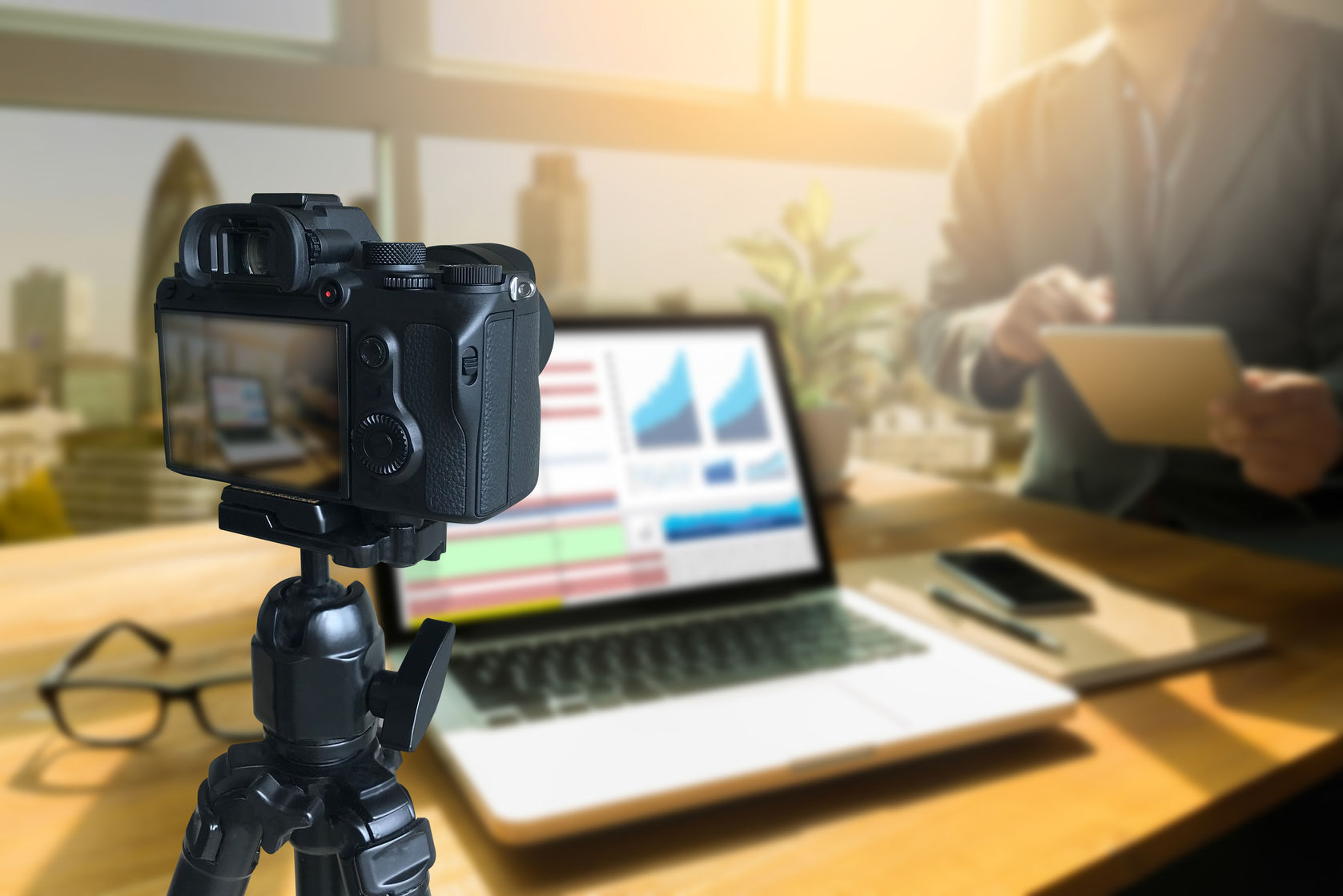How to Plan for Hybrid Events
The COVID-19 pandemic has changed many things, including how we get together for events, conferences, workshops, and work meetings. Although the vaccine is starting to roll out, it will be some time before things will get back to normal and larger face-to-face get-togethers can happen. This reality has lead to the birth of hybrid events. A hybrid event is made up of an in-person event with a small audience that is simultaneously broadcasted to a wider, online audience.
Some of the benefits for organizations planning on hybrid events include:
- Complying with government restrictions regarding gatherings and social distancing
- Include participants who are hesitant to travel or gather in groups
- Ability to scale up or down quickly and efficiently
- Cost-effective way to host events and stay connected
- Online component allows for a larger audience, and therefore, larger reach
- Data collection including audience insights that can be used by your marketing team
Hybrid events are a great way to stay connected, engaged, and informed during the pandemic. However, combining in-person audiences with online audiences has its challenges. Both audiences have their own distinct needs and requirements. For example, you’ll need to consider digital ways to keep your online audience as engaged as your in-person attendees. It may mean hiring some extra help to facilitate discussions with your online guests. Moreover, even having a small in-person gathering will require some adjustments to comply with health and safety regulations during the pandemic.
If you are considering hosting a hybrid event, you’ll want to have a good plan for success. Here are some tips for developing your hybrid event strategy.
Tips for planning a hybrid event
One of the biggest advantages of hosting a hybrid event is that you get to combine the energy of an in-person event with the fun and excitement of a virtual event. To do this successfully, you’ll need a plan to guide you through the process. Here are some things to consider as you prepare for your hybrid event.
- Will sessions be live, semi-live or pre-recorded? When you host a hybrid event, you have the option of making the event live to your virtual audience. But you could also pre-record it and have your online audience watch an edited video. Or you could do a semi-live performance, which allows your virtual attendees to see a pre-recorded video and then wrap it up with a live q and a session. Another advantage to using pre-recorded videos is that you can make the event available to an online audience at any time. You can also use the video for future marketing and advertising.
- Length of sessions. For hybrid events, you’ll need to carefully plan the length of your sessions and offer your audiences more break time. This is essential for your online attendees who may get distracted easier than your in-person audience. A good rule of thumb is to keep sessions shorter for both audiences.
- Networking opportunities. People often attend events because it allows for networking. However, with a hybrid event, you’ll need to be creative about allowing attendees an chance to connect. For your in-person attendees, hosting a lunch or reception is still a viable way for them to network with each other. Your virtual audience could connect over the event app or through a video meeting between sessions.
- Engagement. While the way your audiences engage with your event and each other may look a little different, it is essential to allow attendees an opportunity to engage with you, the content, and each other. Online attendees should be given a chance to connect with other attendees and the presenters. They will want features like question and answer sessions, polling, surveys, a social feed or social media element, and gamification. When you are planning for engagement activities, aim to offer the same engagement features to both your audiences, even if it has to look slightly different.
- Sponsors/exhibitors. You’ll want to offer your sponsors and exhibitors an opportunity to connect with your audiences too. Exhibitors should be invited to set up in the hall at your in-person event and to have someone to engage with attendees at their booth. You may need to offer some direction about safe ways to do this during the pandemic so everyone at your event can stay healthy. Set up a virtual exhibitor hall for your online audience to visit exhibitor’s virtual booths and talk with a representative.
- Professional video production. A key ingredient for a successful hybrid event is a professional video look. You’ve spent a lot of time and energy planning your event and creating engaging opportunities for both your in-person and online audiences. To get the most out of your effort, you should have a professional-looking video for your online audience. You don’t want to cut corners and end up with a blurry or blown out video. Hiring a professional production company is also an investment in future promotions for your business.
- Collect data. Gathering analytics and audience data are essential to gauge the success of your hybrid event. It is also vital information for your marketing team. You may want to consider an audience survey or follow-up email to find out what your attendees thought of your event. Encourage them to provide feedback on what they felt worked and what didn’t work.
When it comes to planning and hosting hybrid events, the sky is the limit. You can plan a hybrid event for an internal, company announcement or training session. Hybrid formats also fit well for conferences, tradeshows and workshops. If you’re planning a hybrid event, you want to ensure professional video production for your audience. Virtuous Circle has experienced specialists who can help you build the best hybrid event for your business. Contact us to find out more.


